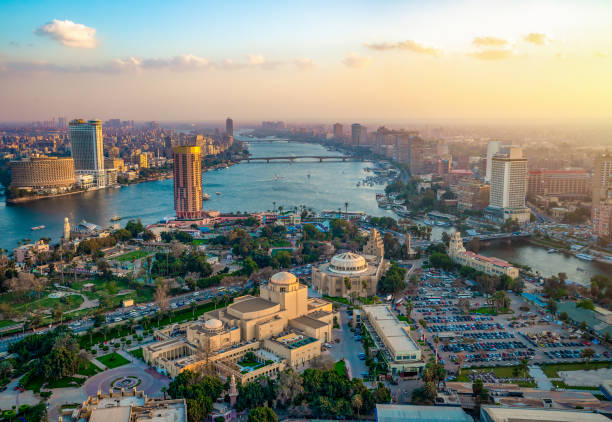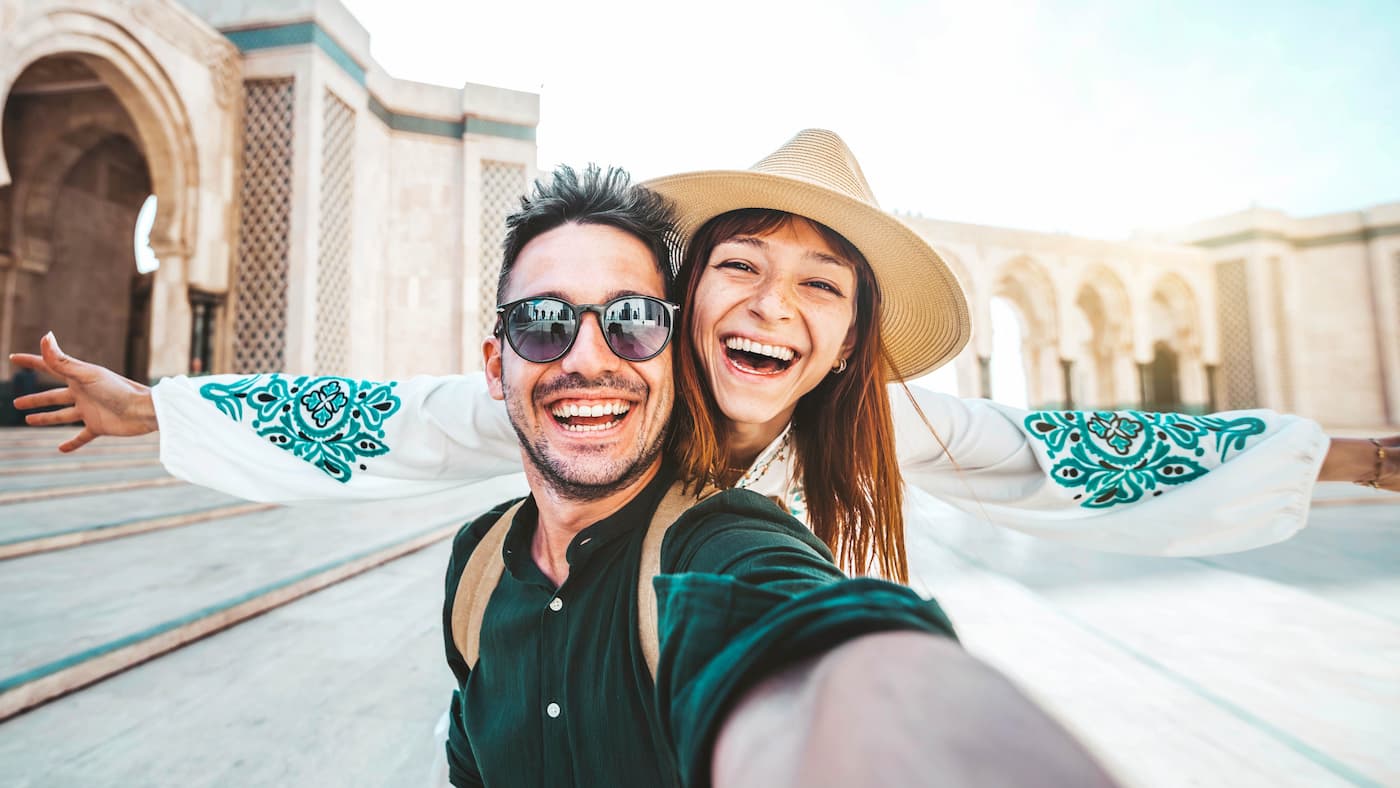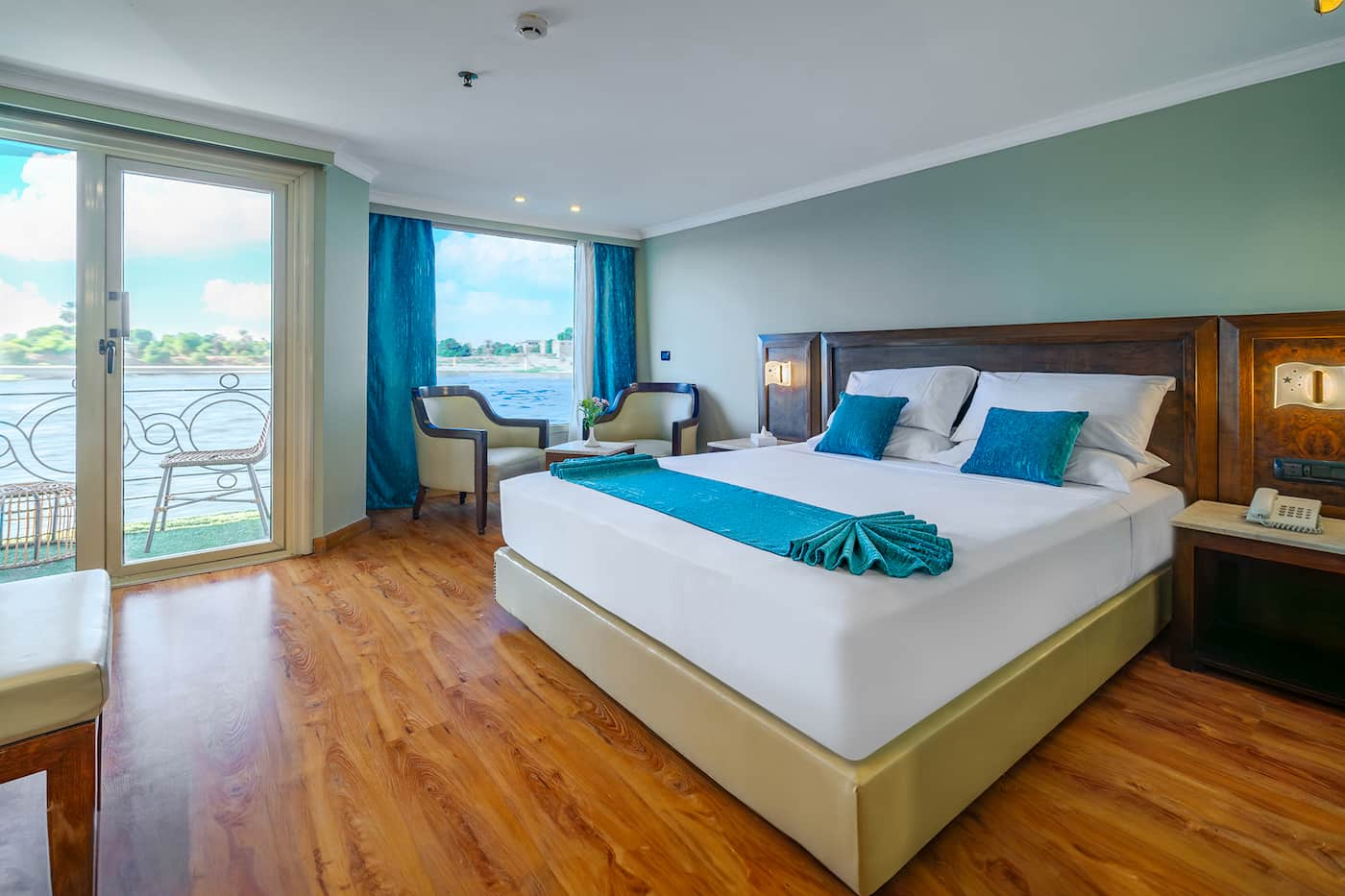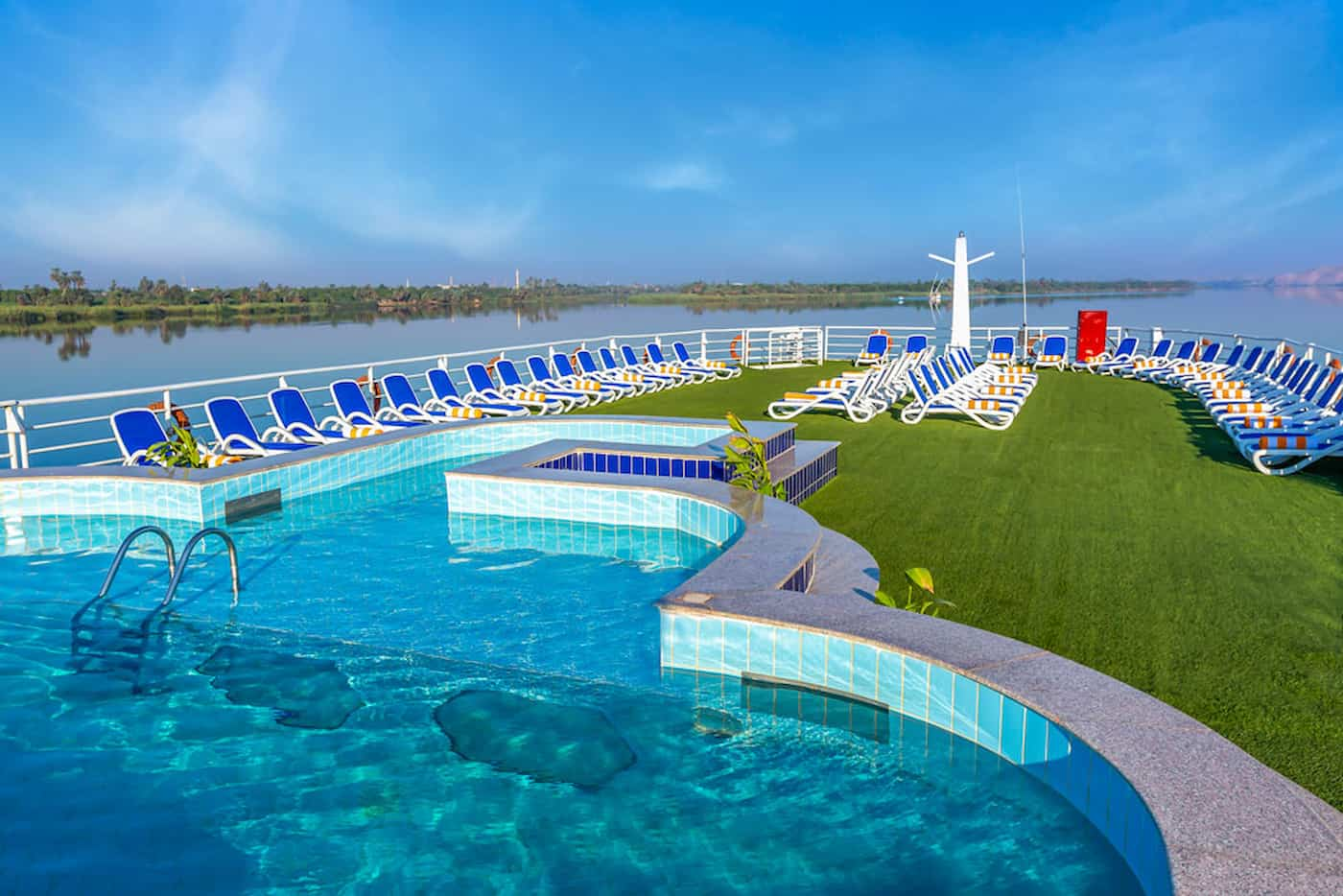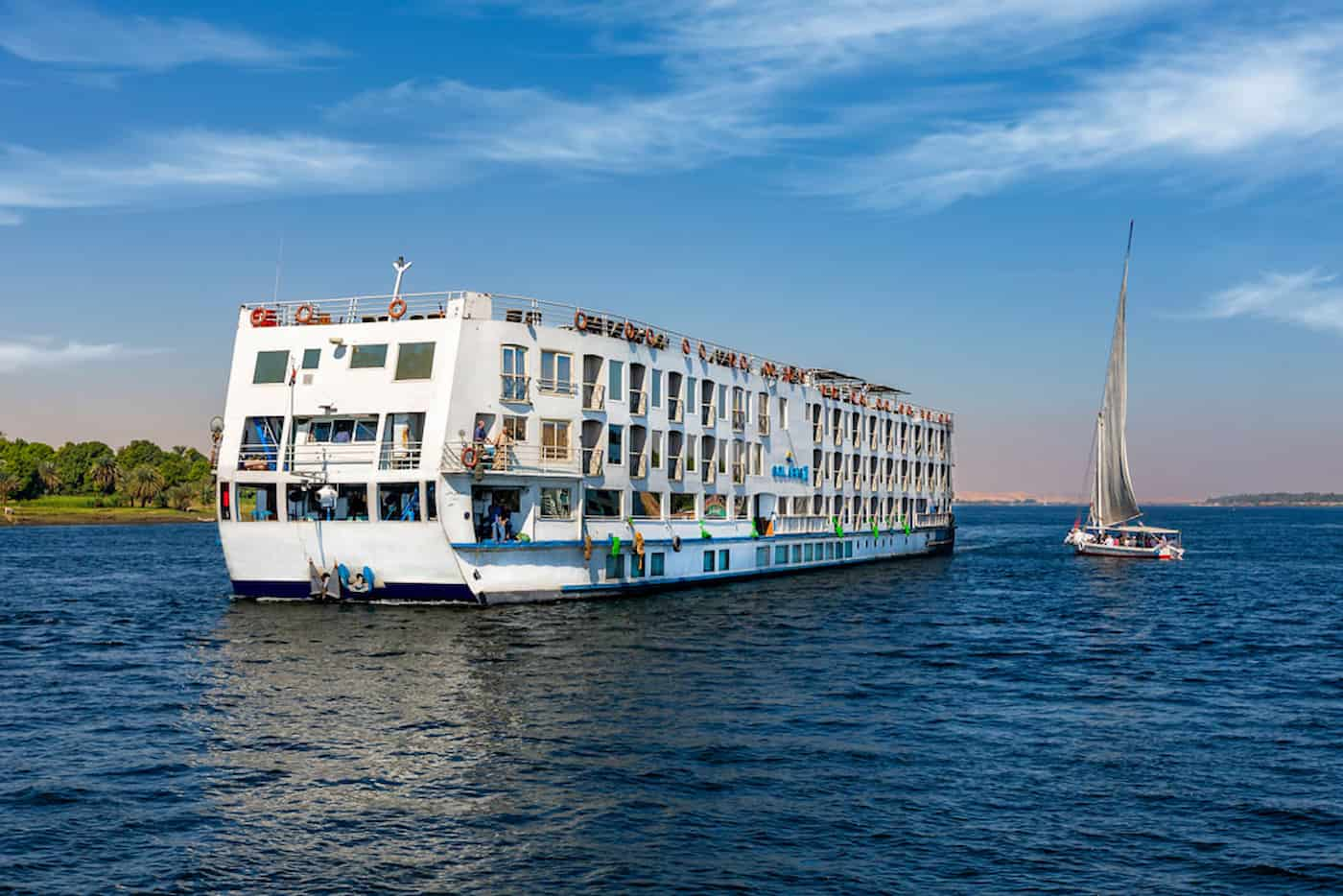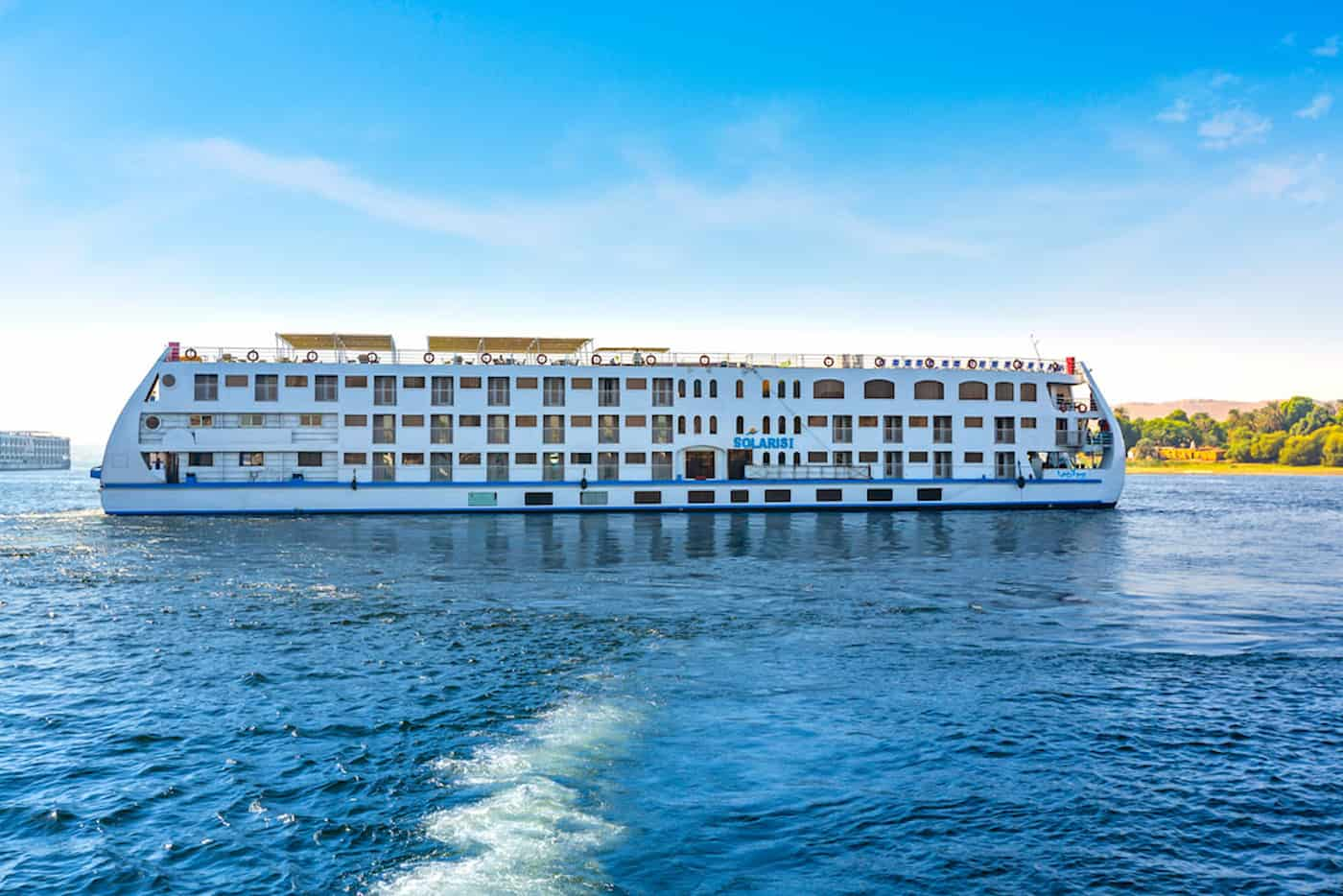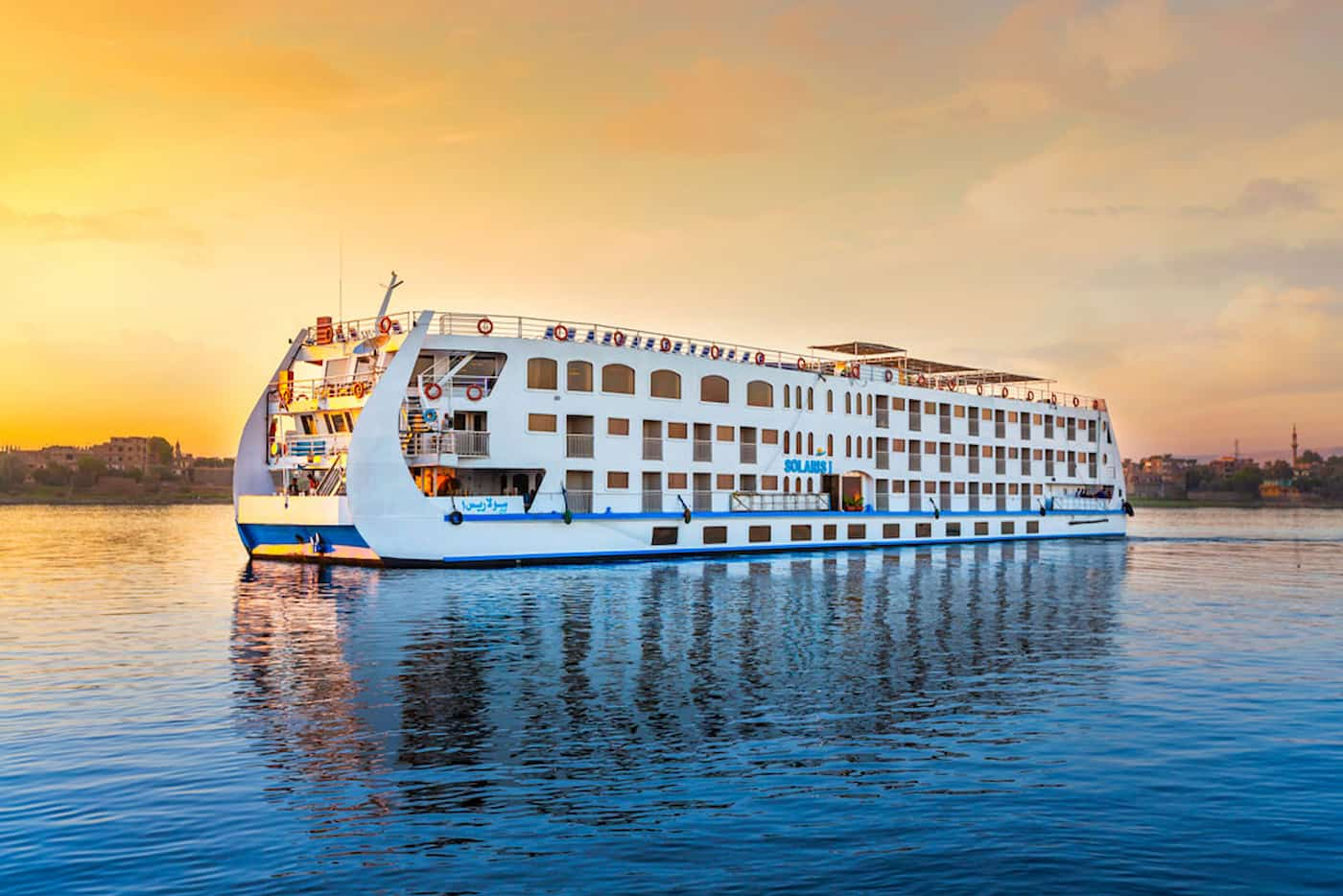Egyptian Cities: A Legacy Of the Ancient Cities From Ancient Times Till Today
Egypt is one of the oldest historical centers of human civilization. Urbanization in the country began in prehistoric times. They began building Egyptian cities with the formation of villages from groups of Egyptian families living together on or near the banks of the Nile River. Each village had its deity. Egyptians then began to utilize the Nile River, so they dug canals and channels to facilitate agriculture.
Cities began to emerge with the merger of groups of villages, and each city had its ruler and deity. Moreover, they progressed in trade, industry, and agriculture throughout ancient Egyptian history.
Some ancient cities have remained uptill now for thousands of years. Cities have been established continuously throughout the ages to reduce population density in one area and protect the country along land or maritime borders. The Egyptian Constitution guarantees the possibility of establishing new administrative units, such as cities and amending or abolishing their administrative boundaries as regulated by Egyptian law.
Ancient Egyptian Cities
Ancient Egypt has a diverse collection of ancient cities that were unique due to their rich history, interesting architecture, and functions.
They built most ancient Egyptian cities along the Nile River because of the fertile land surrounding them. These ancient cities and towns were divided into lower and upper regions. There are other cities, such as Alexandria, which were around the Mediterranean Sea and the Nile Delta. There are other higher cities such as Memphis and Thebes, located farther north.
Each city in ancient Egypt had its unique function. Some were political and housed government officials, while others were religious. We will discuss some of the largest and most important cities in ancient Egypt.
1- Memphis in ancient Egypt
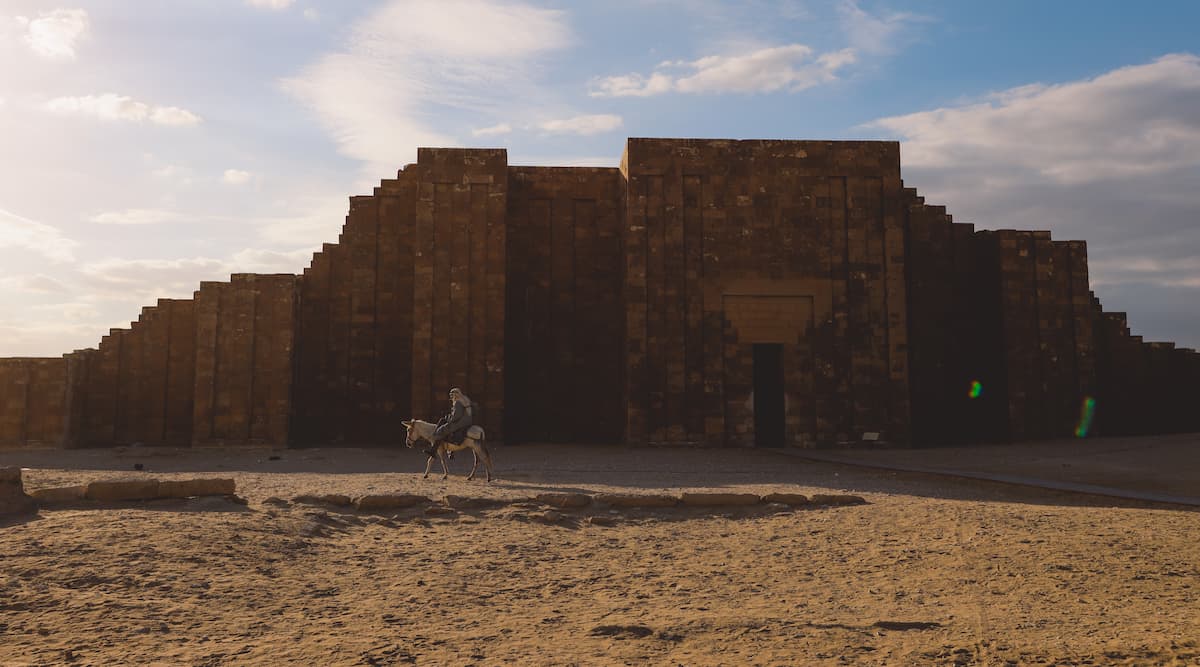
Memphis Egypt
Memphis was the first Egyptian capital, between 2950 BC and 2108 BC, after the unity between the north and the south BC.
It existed in the south of the Nile Delta. It was a major commercial and religious center because it had the burial grounds. There are the Pyramids of Giza there. The Temple of Ptah was one of the most famous temples in Memphis.
It lost its importance with the development of Christianity and Islam. Despite this, it was still one of the most prominent cities of ancient Egypt.
Some of the remains of ancient Memphis that still include the Great Sphinx and a statue of Ramesses II.
2- Thebes

Thebes
Perhaps it is one of the most famous cities of ancient Egypt. Thebes was once a bustling center and a place of religious significance, as it had temples such as Karnak and Luxor, and a political center, because it was the capital of the Middle Kingdom and the New Kingdom.
It remained the capital of Egypt until the end of the Middle Kingdom. It developed again during the New Kingdom period after several years of obscurity due to a series of foreign invaders.
The decline of Thebes began in the 12th century BC. Then, Thebes remains a UNESCO World Heritage Site because of its historical significance.
3- Amarna

Amarna Site by Orell Witthuhn
Amarna was an ancient city in Egypt. It was the capital of Egypt during the reign of King Akhenaten. It was between the two ancient capitals, Memphis and Thebes.
Akhenaten was a strong king and was responsible for balance in the land. He built many monuments to honor the sun god Aten during his reign.
It becomes a historical site, a vast, barren expanse of land with damaged foundations. The Amarna project has preserved and excavated it.
4- Alexandria
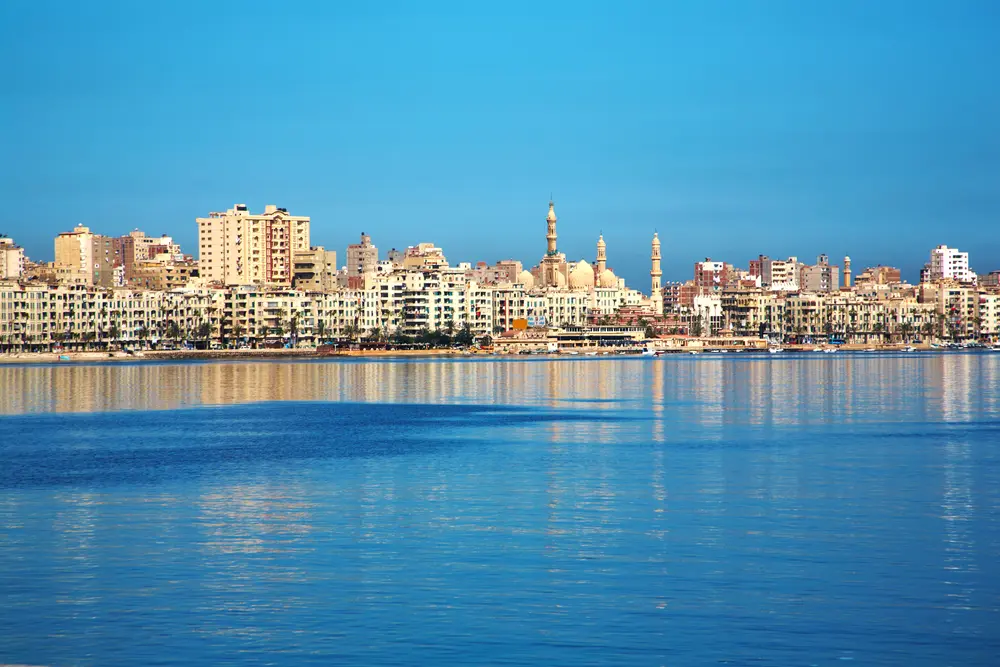
Alexandria
Alexandria is one of the most famous Egyptian cities. Alexander built it in 332 BC.
The Library of Alexandria was one of the greatest libraries and remains a renowned cultural institution. Alexandria began to fall with the development of Cairo, but it developed again in the 19th century.
Today, Alexandria is an important city in Egypt for many reasons. It exports cotton and has numerous oil fields around it.
5- Abydos
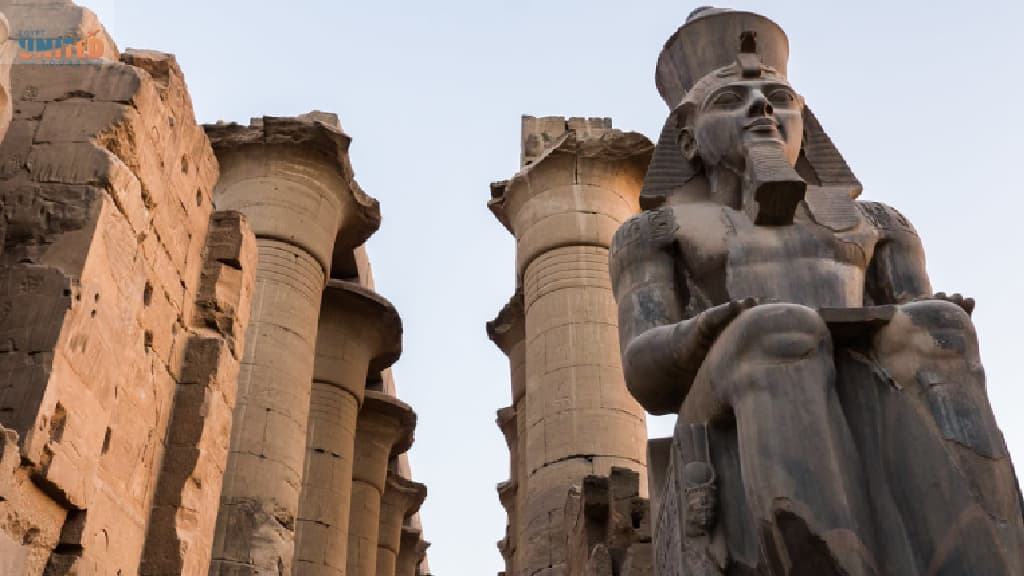
Abydos Temple of Osiris
Abydos was one of the oldest cities in ancient Egypt. The city became a site of worship for Osiris. Many pharaohs had built many monuments in Abydos because of its religious significance.
Several rulers built the Temple of Osiris at Abydos over centuries, such as Pepi I, Ahmose I, and Thutmose III.
Many pharaohs also built mortuary temples at Abydos, as the Temple of Seti I, a popular landmark uptill now.
6- Elephantine

Elephantine Island
It was on an island in the Nile opposite Aswan. Elephantine was an important defensive Egyptian city. Its name was the “Gate of the South” because it was in the south of ancient Egypt during the Old Kingdom.
Today, Elephantine has become the site of two Nubian villages in Egypt, damaged temples and columns that are still very important uptill now.
7 – Nupet (Kom Ombo)

Kom Ombo Temple
Hermopolis was an ancient Egyptian city. It was on the border between Upper and Lower Egypt. One day, it was also a very wealthy city in ancient Egypt.
Thoth was the great god at Hermopolis, and they built a temple to honor the god. A German expedition between 1929 and 1939 explored the site of Hermopolis and excavated part of the temple.
They have conducted many excavations at Hermopolis to uncover the remains of the ancient city. Over the years, they have discovered labyrinths of underground streets and catacombs at Hermopolis.
Ancient Egypt had a variety of cities, each unique in its way. Some cities were religious centers, others were for politics and defense. Each city remains important to historians and archaeologists to this day.
Modern Egyptian Cities
Egypt has 27 governorates and 231 cities. The cities are along both sides of the Nile Valley, from south to north, ending in Cairo. Most of them are on the western side of the river, where the floodplain expands from this side. The cities in the valley were previously villages and were transformed into cities by government decision, and only a few of them have a civil origin, such as those cities located in the Delta.
The population of Egyptian Cities
The population represents 43.1% of the total population. The following are the largest major cities in Egypt by population, according to statistics from 2018. So these are some of the new cities.
1- The Egyptian City of Cairo
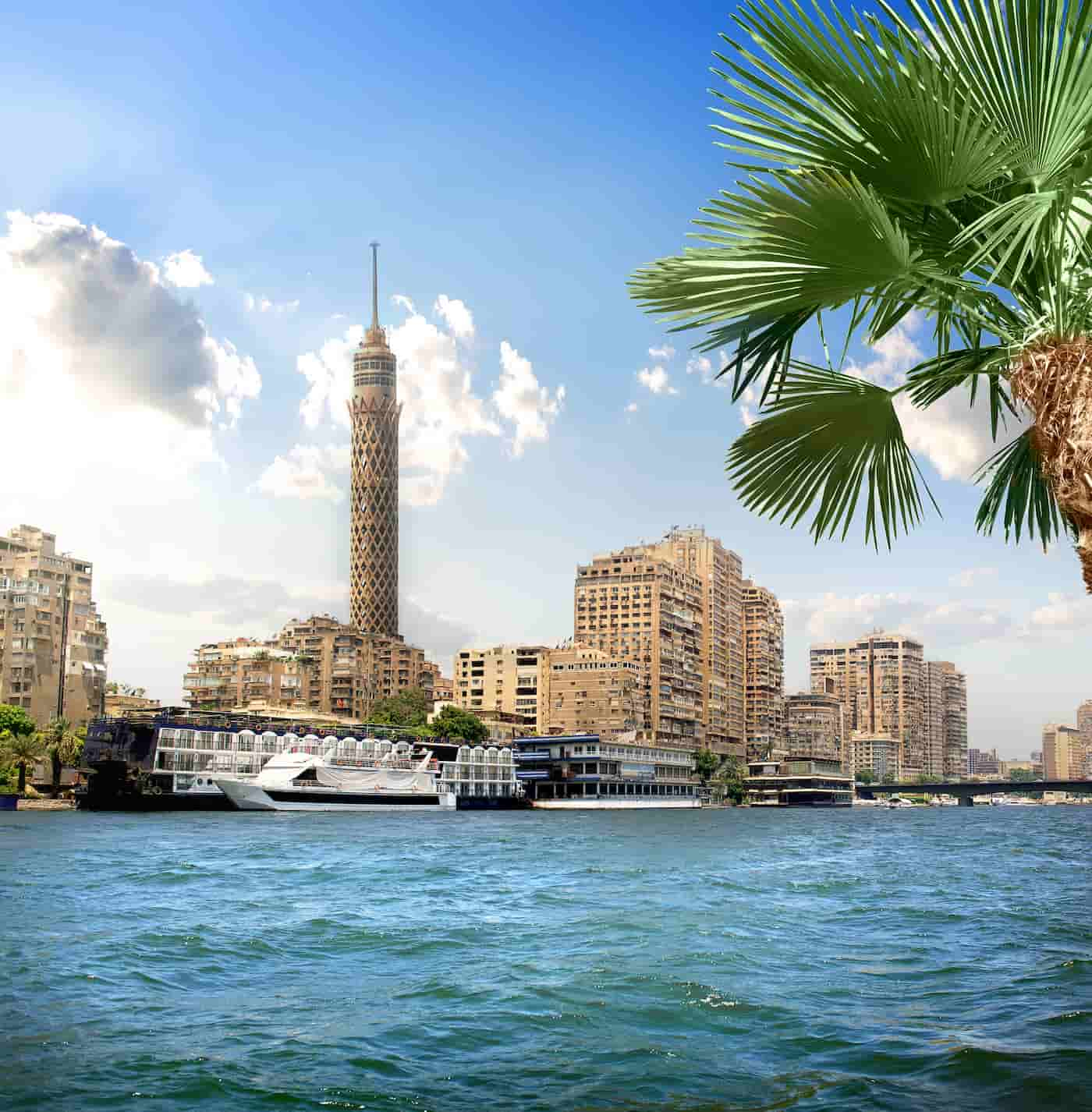
Cairo
Cairo is the largest Egyptian city. There are almost 9,293,612 people in Cairo. It has the oldest Egyptian university (Al-Azhar), in addition to the pyramids, which are an attractive place for tourists. Tourists can see the distinctive Islamic art and architecture of the pyramids for thousands of years.
2- Alexandria:
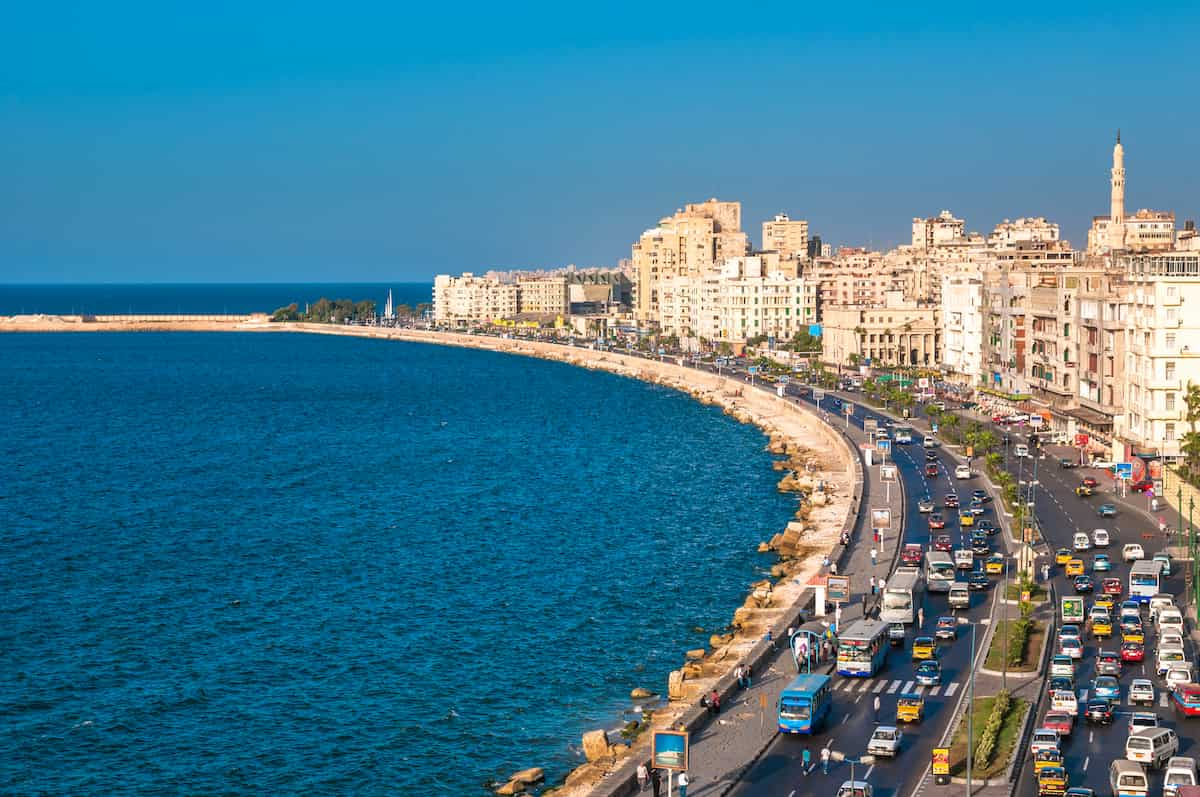
Alexandria
Alexandria is the second largest city in Egypt. It has 5,107,530 people. The population has increased significantly over the past hundred years due to high birth rates and rural-urban migration. Alexandria is a coastal city and a major industrial area at present.
3- The Egyptian City of Luxor
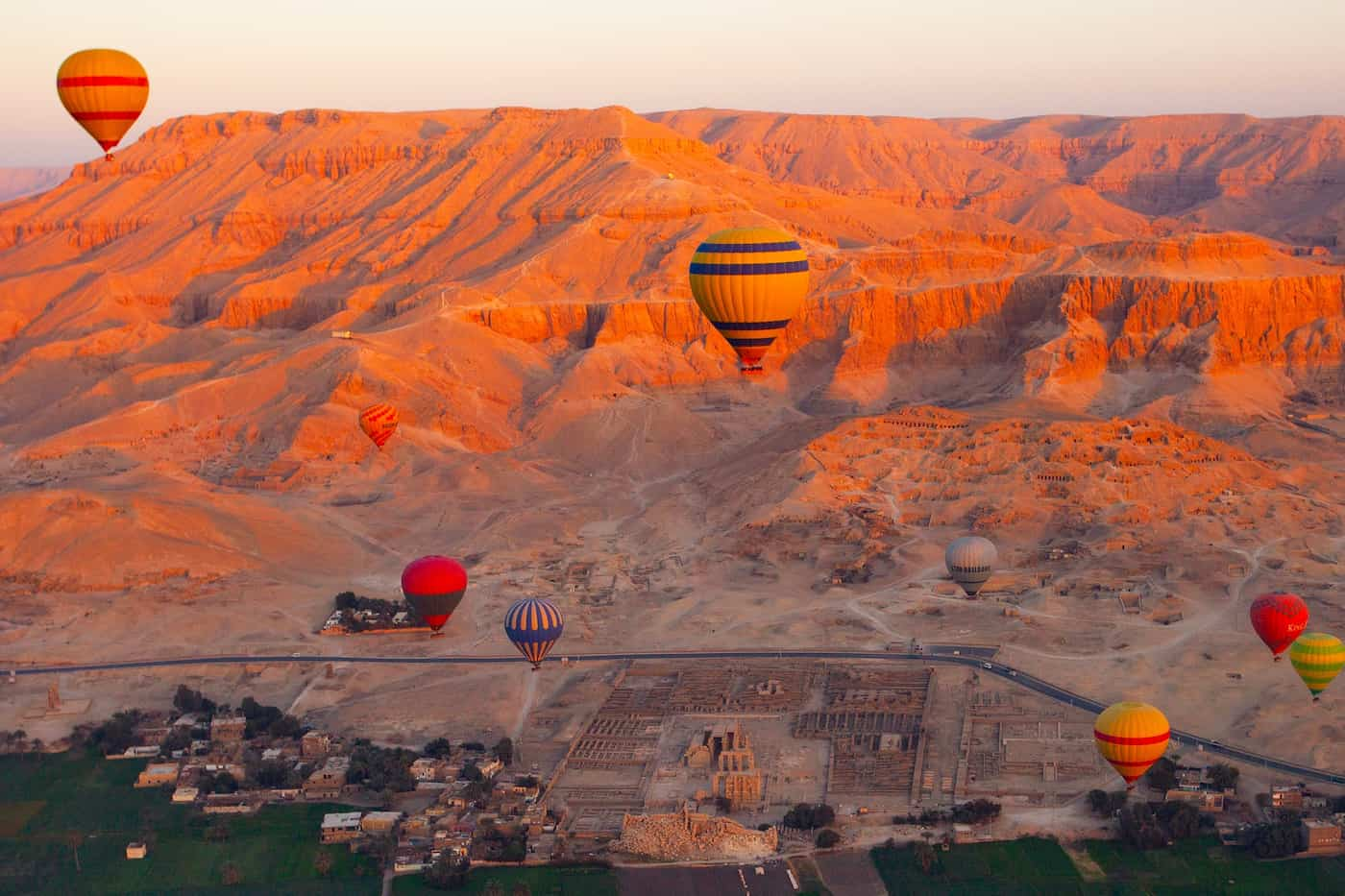
Luxor
Luxor was the ancient Thebes. Luxor is famous for its rich history and unique archaeological sites. Luxor was once the capital of Egypt until the end of the Pharaonic rule. It has many houses, temples, tombs, and monuments that indicate ancient Egyptian civilization.
It has various names, such as “Waste,” “Thebes,” “City of a Hundred Gates,” “City of the Sun,” “City of Light,” “City of the Scepter,” and finally “Luxor”. Luxor was an important city for worship and politics, because it has many important temples and tombs, such as the Karnak and Luxor temples, and the Valley of the Kings.
The Arabs called it “Luxor” during the Islamic Period, because it has many palaces and temples. Luxor becomes a major tourist destination in Egypt. It attracts visitors from all over the world to enjoy its monuments and landmarks.
4- Aswan
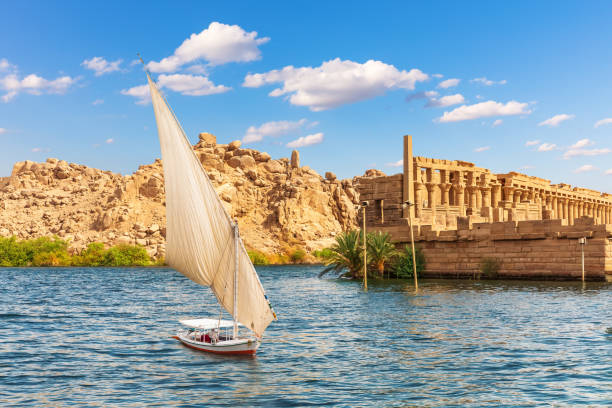
Aswan
Aswan was an important Egyptian city for trade in Nubia. Aswan developed during the Ptolemaic and Roman eras, and then it was an important passageway for trade caravans heading to Aydab and the Red Sea during the Islamic Era.
It was on the southern border of Egypt and was a launching point for armies and trade.
The ancient Egyptians called it “Sonu,” meaning “market,” due to its commercial role.
In the Ptolemaic era, its name became “Sin.”It flourished during the Roman era, when temples in the Pharaonic style were built there.
It witnessed a cultural boom because they established schools and academic centers.
The first military school in Egypt was there in 1837. Aswan became the capital of the Border Directorate and then the Aswan Governorate. It is a wonderful place for tourists because it has good weather, temples, and many beautiful places.
5- Giza:
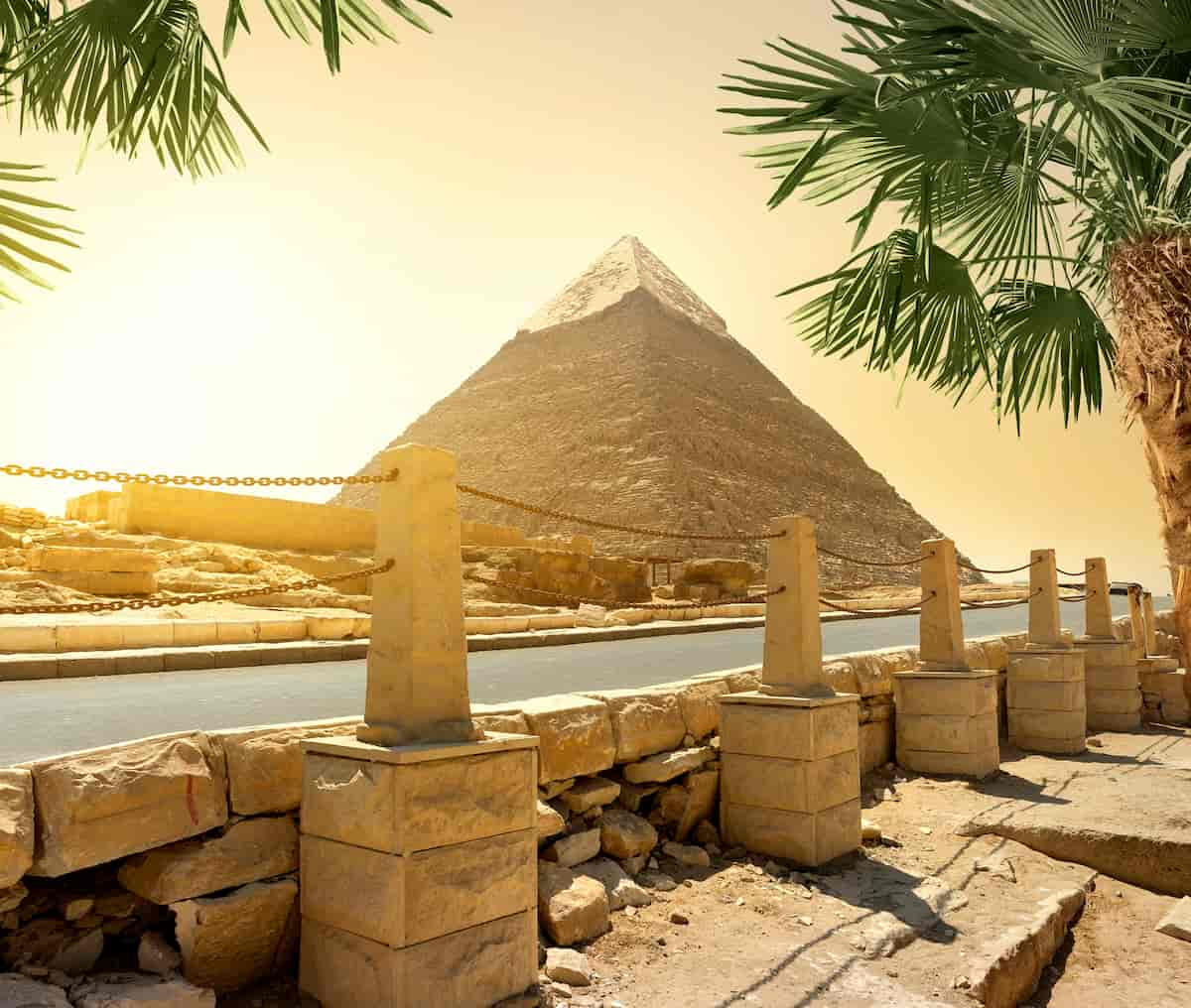
Giza pyramids
Giza is the third largest city in Egypt. In Giza, there are 4,212,750 Egyptian citizens. It is also a suburb of Cairo.
Giza includes the tombs of the pharaohs and currently contains a group of diverse economic activities, such as the manufacture of machinery and chemicals, and the film industry.
6- Shubra El-Kheima:
Shubra El-Kheima has 1,187,747 people. It is another suburb of Cairo, and the majority of its residents work in its factories. It is also one of the most important cities historically, because it has a geographical location overlooking the Nile River, and because it was the Ottoman viceroy.
7- Port Said:
The population of Port Said is 760,152 people. The city is in the northeast of Cairo. It is one of the most important Egyptian cities, as it is an entrance to the Suez Canal. This makes it the largest economic source for Egypt. Also, shoppers can benefit from its imports and exports and purchase without imposing taxes. New cities in the future
New Egyptian Cities in the future
The increasing population density in Egypt has led the Egyptian government to develop a strategic urban development plan to establish new cities and reduce overcrowding. The plan aims to increase the area of built-up land and create urban cities. Through this plan, they have completed a large number of housing, infrastructure, and service projects in areas experiencing urban expansion. Furthermore, they have implemented fourteen new communities across the country, like the New Administrative Capital, New Mansoura, New El Alamein, East Port Said, New Obour, and many more. The plan aims to accommodate 14 million people in these new urban communities and provide 6 million permanent job opportunities. The total area of these communities is almost 1,537.8 km2. It represents 50% of the total urban area constructed over the past forty years, all to reduce overcrowding in existing cities.
The Egyptian government’s role in these expansions
The Egyptian government has recently allowed the doubling of the area available for construction. To accommodate the significant population increase until 2030, establish development projects to stimulate economic growth, and fully benefit from Egypt’s strategic location, which is unique compared to other countries in the world, by expanding projects that attract local and international investments.
Conclusion
Egypt is one of the oldest countries in building cities from the era of the pharaohs until the present day. It also has future plans to build and develop many more cities. Each of its cities has a story and history in the antiquity of this nation, so everyone who reads about it will certainly feel both pleasure and curiosity to learn more and more about Egyptian cities.

